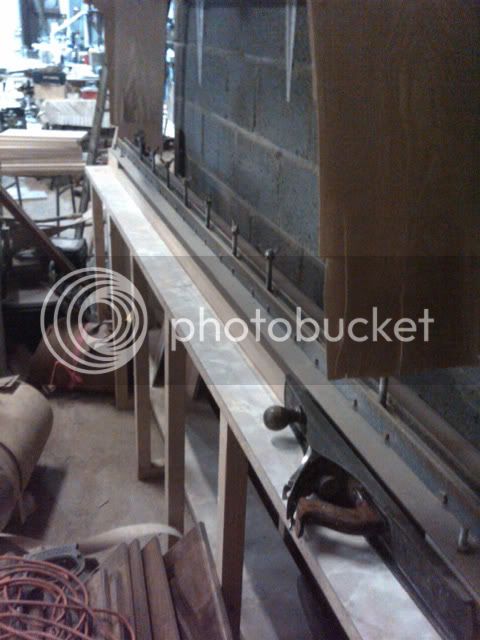Mr Ed
Established Member
I am planning to embark on a project using bandsawn veneers shortly. Not something I ever tried before as I hadn't got the kit, but with my super bandsaw it should now be a doddle.
Anyone have any tips...
Thanks in anticipation, Ed
Anyone have any tips...
Thanks in anticipation, Ed

































